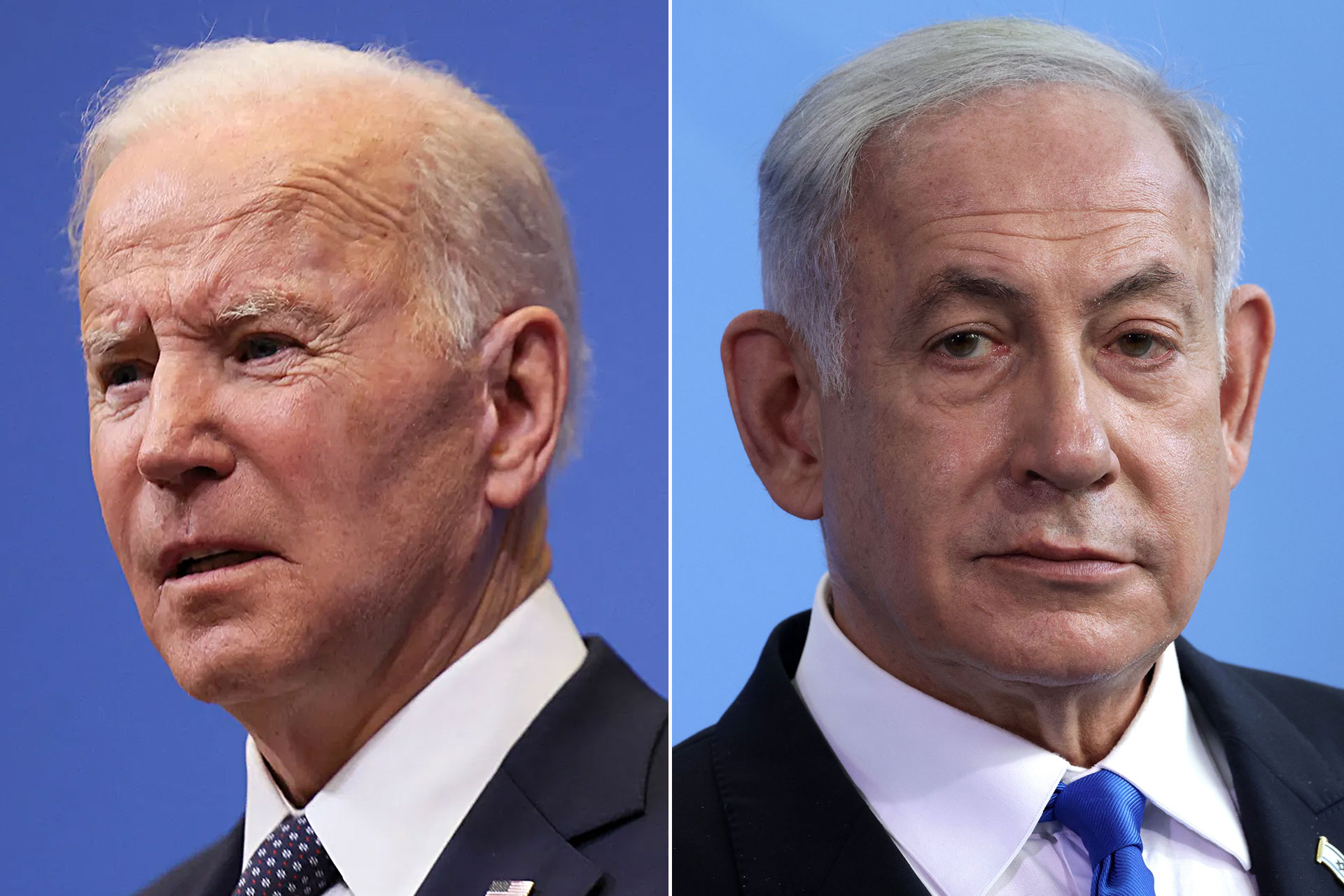Contradictory Stance from Biden on Gaza War and Netanyahu
The ongoing conflict in Gaza has been a focal point of international diplomatic efforts, with the United States playing a critical role in seeking a resolution. CIA Director William Burns' presence in Doha and US President Joe Biden’s chief advisor for Middle East affairs, Brett McGurk’s arrival in Cairo, underscore the intense American pressure to finalize a ceasefire deal proposed by President Biden last Friday.
Both parties in the conflict, Hamas and Israel, have shown reluctance in fully committing to the deal due to concerns about guarantees and stages of implementation. Biden, attempting to maintain a neutral stance, urges both sides to accept the agreement and kickstart its initial phase with an ongoing ceasefire contingent upon continuous negotiations.
Biden's Mixed Messages
In an interview with Time magazine, President Biden seemed to agree that Israeli Prime Minister Benjamin Netanyahu was extending the war for political survival. However, later the same day, he contradicted this statement by asserting that Netanyahu's moves were aimed at solving significant problems rather than playing political games. This inconsistency, observers note, reflects a broader pattern of contradictory messaging from the White House regarding the Israeli aggression on Gaza.
Commentators suggest that Biden’s contradictory statements are influenced by the need to appease diverse electoral groups, particularly with the upcoming presidential elections. The White House aims to balance support for Israel, crucial for pro-Israel voters, with calls for a ceasefire to satisfy Arab and Muslim voters.
There is speculation that the manner of presenting the ceasefire plan may be a strategic pressure tactic to prompt political changes in Israel, potentially undermining Netanyahu’s government.
The Proposed Ceasefire Deal
The U.S. has circulated an amended proposal at the United Nations, emphasizing the importance of mediator countries like Egypt, Qatar, and the US in achieving a ceasefire, releasing abductees, and increasing humanitarian aid in Gaza. The resolution lays out a three-phase plan: a six-week temporary ceasefire with the release of certain abductees, a complete ceasefire with IDF withdrawal, and finally, a multi-year rehabilitation plan for Gaza.
However, the proposal faces issues, notably concerns from the Israeli side regarding sections that reject demographic or territorial changes in Gaza. The US is pushing the Security Council to endorse the proposal, warning that failure could hinder future American support for Israel.
- Pressure on both Hamas and Israel to agree to the deal continues amidst intense diplomatic activity. Biden's administration's attempt to frame the proposal as originating from the Israeli government has been met with disapproval from both sides.
- The complex dynamics between internal Israeli politics and external diplomatic pressures underscore the challenging nature of achieving a sustainable ceasefire and lasting peace in the region.






